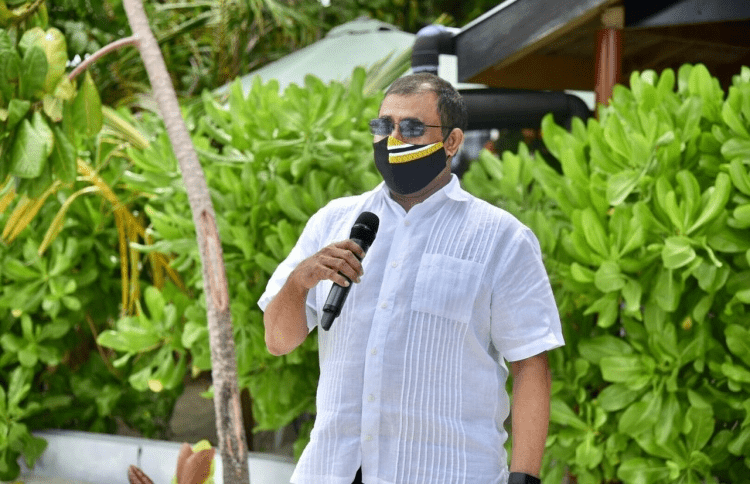
Canada Appeals for International Firefighting Aid
June 09, 2025: Canada has issued an international appeal for firefighting support as wildfires intensify across multiple provinces

April 16, 2021: According to its tourism minister, Maldives will soon offer vaccinations to the visitors on arrival as part of its three-pronged initiative aiming to revive the country’s challenging hit travel sector.
The “3V” strategy, which will encourage tourists to “visit, vaccinate, and vacation,” will be very convenient to visit the country, Abdulla Mausoom told CNBC on Wednesday.
Currently, Maldives visitors must provide an adverse polymerase chain reaction (PCR) test and proof of hotel booking to enter. Mausoom said the country’s Health Protection Agency would announce restriction-free access to vaccinated arrivals “very soon.”
The Maldives is heavily dependent on its tourism industry. Nearly 67% of its gross domestic product (GDP) is derived directly and indirectly from the travel sector.
The tourism minister would not be pushed on a timeline for the visitor vaccination rollout. He said that the government’s priority is to ensure the entire resident population receives their first and second doses first.
Although once that process is done, the country will be ready to vaccinate arrivals, he added. To date, almost 53% of the island nation’s 530,000 residents have taken their first dose, according to Reuters’ vaccination tracker.
Almost 90% of front-line tourism staff have received their first dose, said Mausoom. It is unclear if the visitors have to pay for their vaccine doses or not.
He said the country had received vaccine donations from India, China, and the World Health Organization’s Covax scheme, aiming to ensure that vaccines are fairly and equitably distributed. The Maldives has also ordered additional supplies from Singapore, he said.
Mausoom said the tourism drive was necessary to help the country accomplish its target of 1.5 million tourist arrivals and 10 million bed nights this year.
“When we reach this year’s target, still we will have a shortfall of what the country needs,” he said. “But still, that is much better than we anticipated in late 2020.”
We provide the insights on leaders who are responsible for taking their organization to new heights, all the while bringing together a group of talented individuals.

June 09, 2025: Canada has issued an international appeal for firefighting support as wildfires intensify across multiple provinces

May 27, 2025: Air Canada Cuts Five U.S. Routes for Winter 2025–26, Part of Broader Cross-Border Retrenchment

May 26, 2025: Trump Freezes $2.2B in Federal Grants to Harvard Over DEI, Threatens Tax-Exempt Status.

May 14, 2025: Microsoft has announced plans to reduce its global workforce by approximately 3%, affecting roughly 10,000 employees across multiple departments.

May 13, 2025: The Trump administration is considering suspending the constitutional right of habeas corpus in a bid to accelerate mass deportations.

April 29, 2025: Donald Trump’s second term has reached the 100-day mark under sustained public skepticism, with national approval ratings